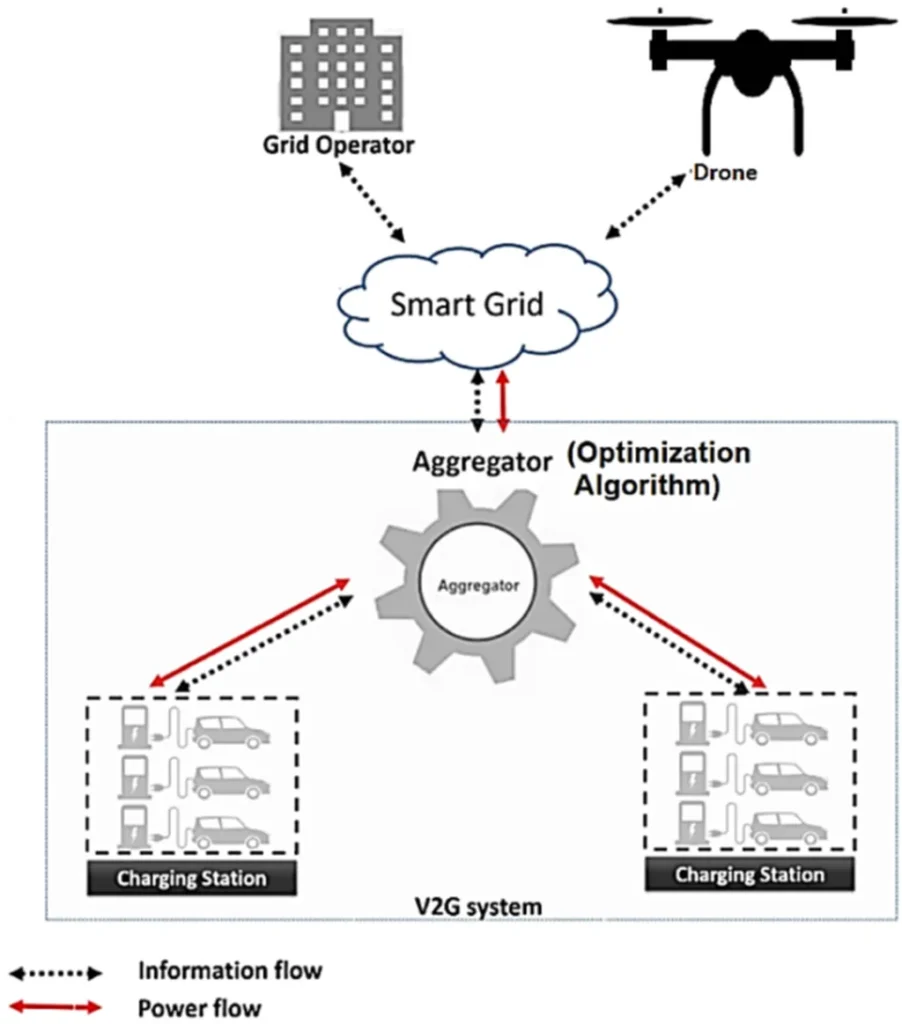In the rapidly evolving energy sector, the shift towards sustainable transportation is gaining momentum, and with it, the need for sophisticated decision-making tools to optimize electric vehicle (EV) fleet selection. A groundbreaking study published in the journal “Neutrosophic Sets and Systems” introduces a novel framework that could revolutionize how organizations approach EV adoption. Led by Florentin Smarandache, this research leverages Neutrosophic SuperHyperSoft Set (NSHSS) theory to tackle the complexities and uncertainties inherent in multi-criteria decision-making (MCDM) for EVs.
The study addresses a critical gap in traditional evaluation methods, which often struggle with the vagueness and interdependencies of real-world assessments. “Our approach provides a flexible and robust way to incorporate linguistic expert assessments, enabling a more nuanced representation of indeterminacy and subjectivity,” explains Smarandache. The proposed MCDM framework defines five core evaluation criteria: Range and Battery Efficiency (RBE), Total Cost of Ownership (TCO), Safety and Reliability (SR), Charging Infrastructure Compatibility (CIC), and Technology and Connectivity (TC). Each criterion is further subdivided into four linguistic sub-criteria, creating a comprehensive evaluation universe.
One of the most innovative aspects of this research is the use of Neutrosophic triplets to represent uncertainty and subjectivity in expert assessments. By constructing an extensive NSHSS universe using power sets and Cartesian products, the framework results in an impressive 1,048,576 elements and 1024 propositions. This extensive universe allows for a detailed and scalable evaluation of EV alternatives. “The framework’s ability to handle such a vast number of elements and propositions makes it highly adaptable to different contexts and decision-making scenarios,” notes Smarandache.
The study also introduces a novel aggregation mechanism using the Generalized Neutrosophic SuperHyperSoft Weighted Heronian Mean (GNSHSWHM) operator and a customized score function. This mechanism effectively ranks EV alternatives, providing decision-makers with a clear and actionable evaluation. To demonstrate the practicality and scalability of the approach, the researchers present a numerical illustration involving four EVs and implement an automated R-based computational model to support real-time decision analysis.
The implications of this research for the energy sector are significant. As organizations increasingly adopt EVs for their fleets, the need for robust and flexible decision-making tools becomes paramount. The proposed framework offers a scalable, uncertainty-resilient, and context-adaptive tool for strategic EV adoption. “This research not only advances the field of MCDM but also provides a practical solution for organizations looking to optimize their EV fleet selection,” says Smarandache.
The study’s findings were published in the journal “Neutrosophic Sets and Systems,” a publication dedicated to advancing the understanding and application of neutrosophic sets in various domains. This research represents a significant step forward in the field of MCDM and has the potential to shape future developments in EV fleet optimization and broader domains involving complex decision-making under uncertainty. As the energy sector continues to evolve, tools like the NSHSS framework will be crucial in driving sustainable and efficient transportation solutions.

